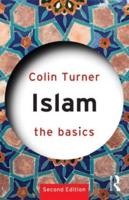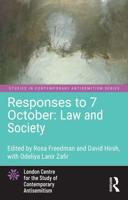Publisher's Synopsis
This collection of essays focuses on the relationship between ideas and practice, rhetoric and reality , with specific reference to gender in colonial India. Taking the period from about 1870 to the late 1930s, it provides numerous case studies from Bengali narratives about childhood and medical missionaries learning and teaching about birth control to a Muslim modernist on women's rights and the professionalization of Indian nursing to explore this historical moment when received perspectives on gender roles first began to interplay with colonial and indigenous discourses on the implications of modernity in the Indian context. In doing so, it highlights three main themes : domesticity, the body, and modernity. In placing India at center stage, Rhetoric and Reality attempts to do justice to the significant regional differences within the sub continent by including papers on a range of localities, notably Bengal, Punjab and Central India. It also seeks to balance attention and explore reciprocity and contestation between colonial and Indian agency and recipiency, while subaltern agency is recovered in many of the papers through investigation of elite interfaces with servants, pupils, nurses and plaintiffs.











